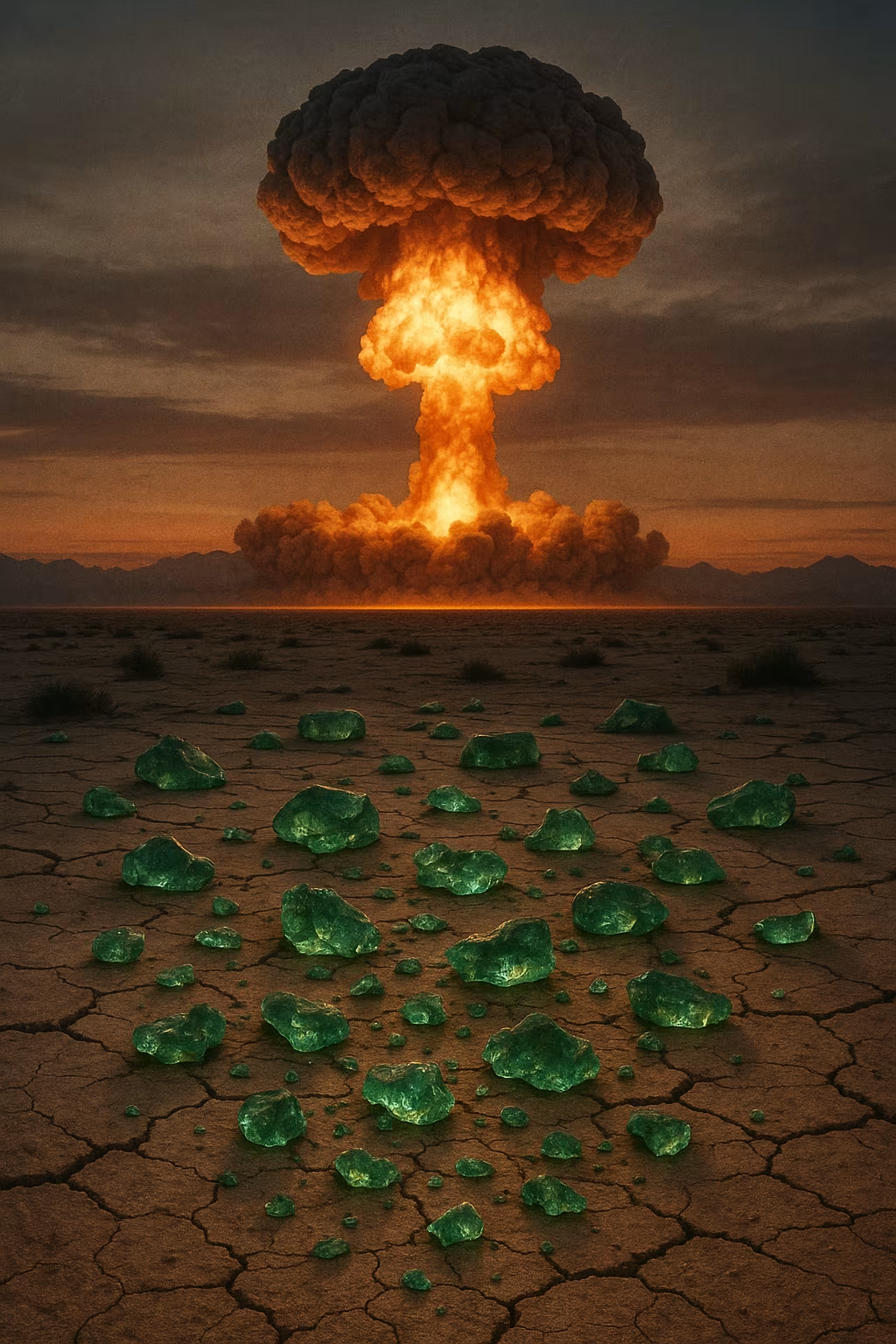The ocean covers more than 70% of our planet, yet humans have explored only a small fraction of it. Beneath the crushing pressure, total darkness, and frigid temperatures of the deep sea lies a world that seems more like science fiction than reality. From glowing predators to gelatinous drifters, these creatures could easily be mistaken for extraterrestrial life forms. Here are 15 bizarre deep-sea creatures that look like they came straight from another planet.
1. Dumbo Octopus
Named for its ear-like fins that resemble Disney’s famous elephant, the Dumbo octopus lives in the deepest parts of the ocean, often more than 13,000 feet below the surface. Its translucent body and whimsical movements make it one of the most adorable — yet alien-looking — creatures in the deep.
2. Goblin Shark
Often called a “living fossil,” the Goblin shark has a long, protruding snout and jaw that can shoot forward to snatch prey. Its pale pink skin and needle-like teeth make it look like something from a horror movie. Found at depths of up to 4,300 feet, this species is rarely seen by humans.
3. Anglerfish
With its bioluminescent lure protruding from its head, the anglerfish is one of the deep sea’s most iconic predators. Females use the glowing bait to attract unsuspecting prey, while males — much smaller in size — permanently attach themselves to females in a bizarre mating process.
4. Vampire Squid
Despite its sinister name, the vampire squid feeds mainly on marine snow — tiny bits of organic debris falling from the surface. It has webbing between its arms, glowing photophores, and the ability to turn itself inside out to evade predators.
5. Frilled Shark
This prehistoric-looking shark has a long, eel-like body and 300 needle-sharp teeth arranged in multiple rows. It’s believed to be a slow swimmer that ambushes its prey in the darkness, much like its ancestors did millions of years ago.
6. Barreleye Fish
Perhaps one of the strangest creatures in the ocean, the barreleye has a transparent head through which you can see its rotating, tubular eyes. This adaptation allows it to look upward while staying hidden from predators below.
7. Yeti Crab
Discovered near hydrothermal vents, the yeti crab is covered in silky, hair-like setae that host bacteria capable of detoxifying the poisonous minerals spewing from the vents. Its ghostly white color and hairy claws give it a truly alien appearance.
8. Giant Isopod
Resembling an oversized pill bug, the giant isopod can grow over a foot long. It lives on the ocean floor, scavenging dead animals and surviving long periods without food — sometimes years.
9. Sea Pig
This soft-bodied, pinkish sea cucumber walks across the seafloor on tube-like legs, feeding on decaying matter. While it may look cute to some, its otherworldly body structure and slow, deliberate movements make it a deep-sea oddity.
10. Fangtooth Fish
Despite its small size — usually less than six inches long — the fangtooth has some of the largest teeth relative to body size in the ocean. Its jagged mouth and armored body make it look like a miniature monster from an alien planet.
11. Leafy Seadragon
Found off the coasts of Australia, this creature uses leaf-like appendages for camouflage among seaweed and kelp. While not from the deepest ocean layers, its otherworldly beauty earns it a place on this list.
12. Chimaera (Ghost Shark)
Related to sharks and rays, chimaeras have smooth skin, large eyes, and long, whip-like tails. Their eerie appearance and deep-water habitat have led to them being called “ghost sharks.”
13. Sea Spider
Not to be confused with terrestrial spiders, sea spiders have long, spindly legs and tiny bodies. They are found in deep, cold waters and feed by sucking nutrients from soft-bodied animals like sea anemones.
14. Pelican Eel
With a mouth that can open wide enough to swallow prey much larger than itself, the pelican eel is a deep-sea predator unlike any other. Its whip-like tail glows at the tip, luring smaller fish into striking range.
15. Tripod Fish
This unusual fish uses its long, bony fins like stilts, standing on the seafloor while it faces into the current to catch drifting prey. Its still, eerie posture makes it look almost mechanical.
Why Deep-Sea Creatures Look So Alien
Many deep-sea creatures appear bizarre because they’ve evolved to survive in one of Earth’s most extreme environments. Adaptations such as bioluminescence, transparency, and specialized feeding mechanisms help them thrive in complete darkness, under immense pressure, and with scarce food resources.
For example:
- Bioluminescence allows predators to lure prey or enables smaller creatures to communicate and avoid danger.
- Large mouths and expandable stomachs help animals take advantage of rare feeding opportunities.
- Strange body shapes can reduce energy needs and help with camouflage in a habitat where shadows and outlines give predators an edge.
The Mystery Beneath the Waves
Even with modern technology, scientists estimate that more than 80% of the ocean remains unexplored. This means the 15 creatures listed here are just a fraction of the alien-like life forms waiting to be discovered.
Deep-sea exploration projects, such as those led by NOAA and private research vessels, continue to reveal new species every year. Each discovery expands our understanding of how life can adapt to extreme environments — knowledge that could also guide the search for life on other planets.
In fact, many astrobiologists believe that studying the deep ocean is one of the best ways to prepare for detecting extraterrestrial life. The bizarre adaptations seen in deep-sea species could mirror survival strategies on icy moons like Europa or Enceladus, where oceans exist beneath thick layers of ice.
The deep ocean remains one of the last great frontiers on Earth, home to creatures that challenge our ideas of what life can look like. Whether they’re glowing, transparent, or shaped like something from a sci-fi film, these bizarre species prove that evolution can create forms far stranger — and more fascinating — than anything imagined in fiction.
As technology advances, we may find that the alien worlds we seek in space already exist right here, in the depths of our own planet.





